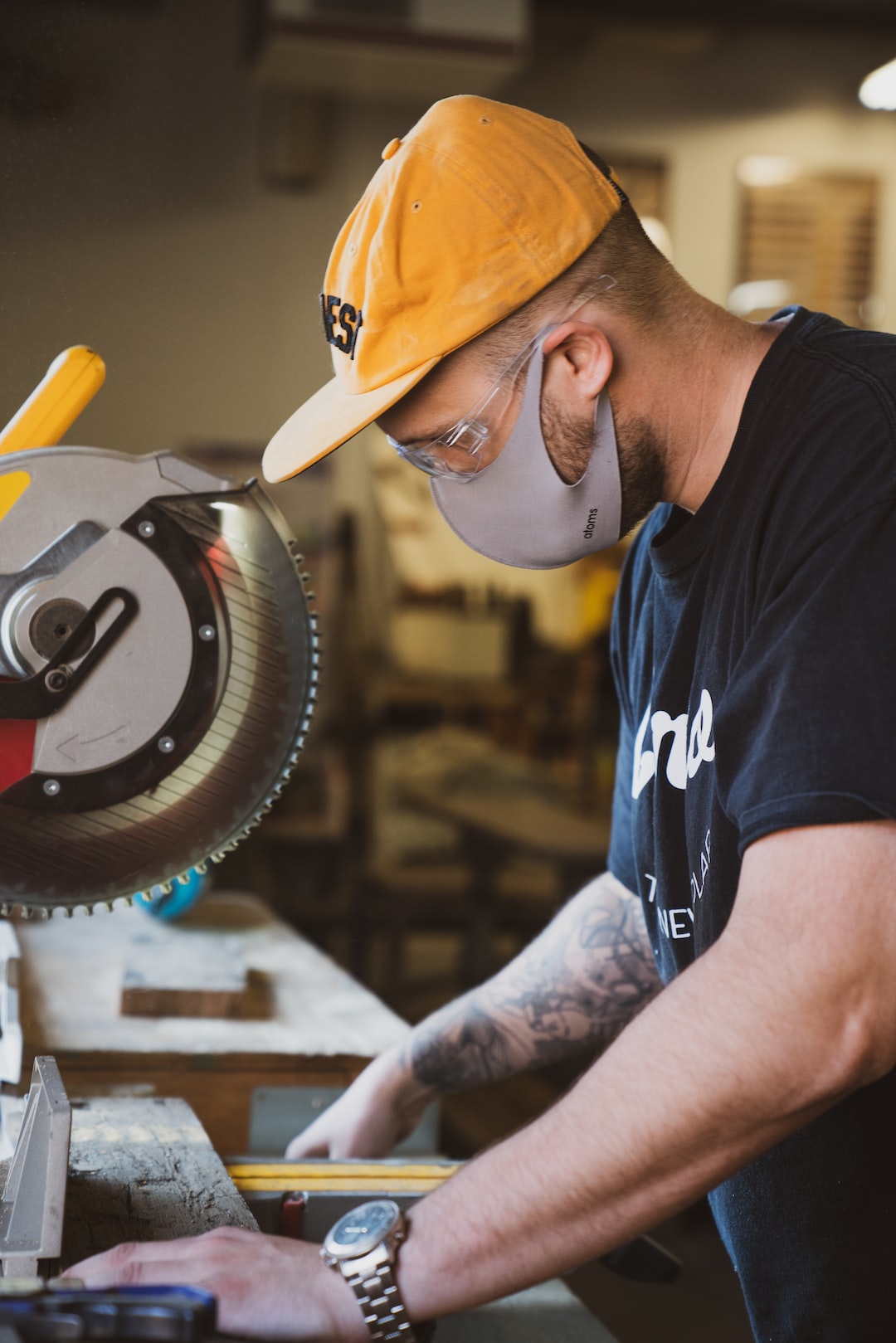The Future of Work in Manufacturing: Embracing Automation and Augmented Reality
The manufacturing industry has come a long way since the days of manual labor and assembly lines. With the advent of new technologies, such as automation and augmented reality (AR), the future of work in manufacturing is set to be faster, more efficient, and safer than ever before.
Automation has transformed many aspects of manufacturing, from production processes to supply chain management. Machines and robots are now capable of carrying out repetitive and mundane tasks with precision and speed, freeing up human workers to focus on more complex and creative tasks. This shift towards automation has led to improved productivity, reduced costs, and increased competitiveness for manufacturing companies.
One of the key advantages of automation in manufacturing is its ability to improve efficiency and eliminate errors. Machines can operate 24/7, reducing downtime and increasing production output. They can also perform tasks with greater accuracy, minimizing the risk of defects or inconsistencies in products. Additionally, automation allows for seamless integration with other smart technologies, such as data analytics and artificial intelligence, enabling manufacturers to make data-driven decisions and optimize their operations.
While automation replaces certain manual tasks, it also opens up new opportunities for workers. With automated processes handling repetitive routines, human workers can focus on tasks that require problem-solving, critical thinking, and creativity. This shift towards more intellectually stimulating work can lead to greater job satisfaction and motivation among employees. It also means that workers will need to develop new skills to adapt to the changing nature of their roles.
This is where augmented reality (AR) comes into play. AR overlays digital information onto the physical world, allowing users to see and interact with virtual objects in real-time. In manufacturing, AR can be used to provide workers with valuable information, instructions, and guidance while they perform their tasks. For example, AR glasses can display step-by-step instructions for assembling a complex product, highlighting each component and providing real-time feedback on the worker’s progress.
By combining automation with AR, manufacturers can create a more efficient and effective workforce. AR not only assists workers in carrying out their tasks, but it also enhances their skills and knowledge. With access to real-time data, workers can make informed decisions and troubleshoot problems more effectively. Moreover, AR can facilitate remote collaboration, enabling experts to guide and support workers from a distance, reducing the need for on-site visits and saving time and costs.
The integration of automation and AR in manufacturing also has implications for training and workforce development. AR can be used to create immersive and interactive training experiences, allowing workers to practice their skills in a virtual environment before applying them in the real world. This not only accelerates the learning process but also reduces the risk of errors and accidents during training.
However, with the adoption of automation and AR in manufacturing, concerns about job displacement arise. It is essential for manufacturers to recognize that the goal of these technologies is not to replace human workers but to augment their capabilities. The future of work in manufacturing lies in the collaboration between humans and machines, where each brings their unique strengths to the table.
In conclusion, the future of work in manufacturing is bright and exciting. Automation and augmented reality are transforming how tasks are performed, making them faster, more efficient, and safer. While automation improves productivity and eliminates errors, AR enhances worker skills and knowledge. By embracing these technologies and fostering collaboration between humans and machines, the manufacturing industry can achieve unprecedented levels of efficiency and innovation. The future of work in manufacturing is not about humans being replaced by robots, but about humans and robots working together to create a better and more sustainable future.

